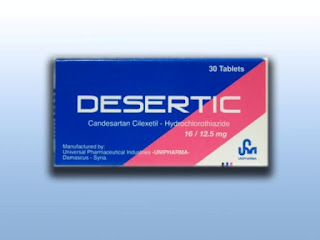TENORMIN® (atenolol), a synthetic, beta1-selective (cardioselective) adrenoreceptor blocking agent, may be chemically described as benzeneacetamide, 4 -[2'-hydroxy-3'-[(1- methylethyl) amino] propoxy]-. The molecular and structural formulas are:
C14H22N2O3 Atenolol (free base) has a molecular weight of 266. It is a relatively polar hydrophilic compound with a water solubility of 26.5 mg/ mL at 37°C and a log partition coefficient (octanol/water) of 0.23. It is freely soluble in 1N HCl (300 mg/mL at 25°C) and less soluble in chloroform (3 mg/mL at 25°C).
TENORMIN (atenolol tablets) is available as 25, 50 and 100 mg tablets for oral administration.
Inactive Ingredients: Magnesium stearate, microcrystalline cellulose, povidone, sodium starch glycolate.
 |
C14H22N2O3
TENORMIN (atenolol tablets) is available as 25, 50 and 100 mg tablets for oral administration.
Inactive Ingredients: Magnesium stearate, microcrystalline cellulose, povidone, sodium starch glycolate.







